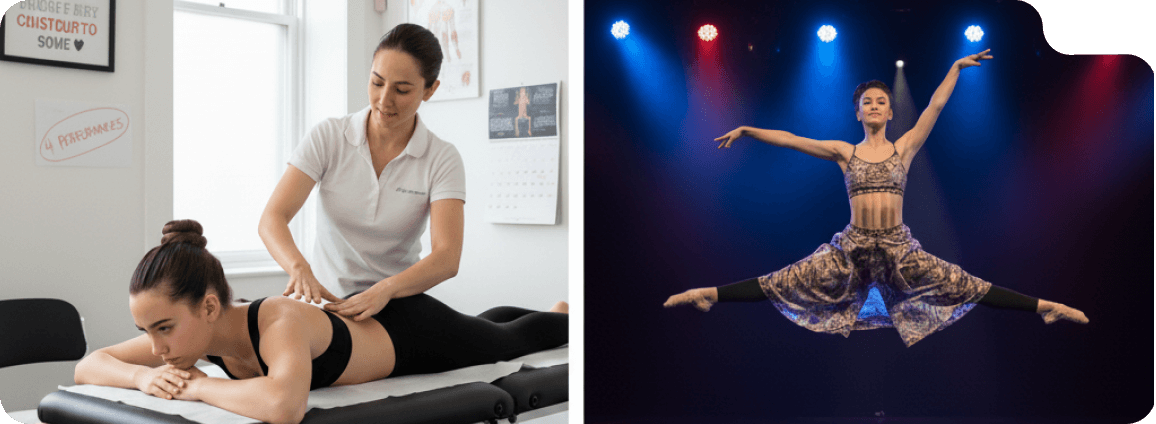Musculoskeletal treatment for dancers
Dancers can experience multiple musculoskeletal injuries, from ankle sprains to spine stress injuries. In comparison to athletes in other sports, dancers have very specific requirements in terms of both flexibility and strength, which are critical for them to perform their best. Whenever possible, we can advise on training modifications that keep you dancing whilst allowing your injury to recover.
Understanding and identifying joint and muscle imbalances and taking active steps to address these are critical to treating injuries and building resilience. At Restore Physiotherapy, we work with dancers of all levels to help them recover from their injuries and prevent recurrence.
Whether you’re a junior ballet dancer or an adult contemporary dancer, we can assess and treat your injury, modify your training program and get you back performing at your best.









